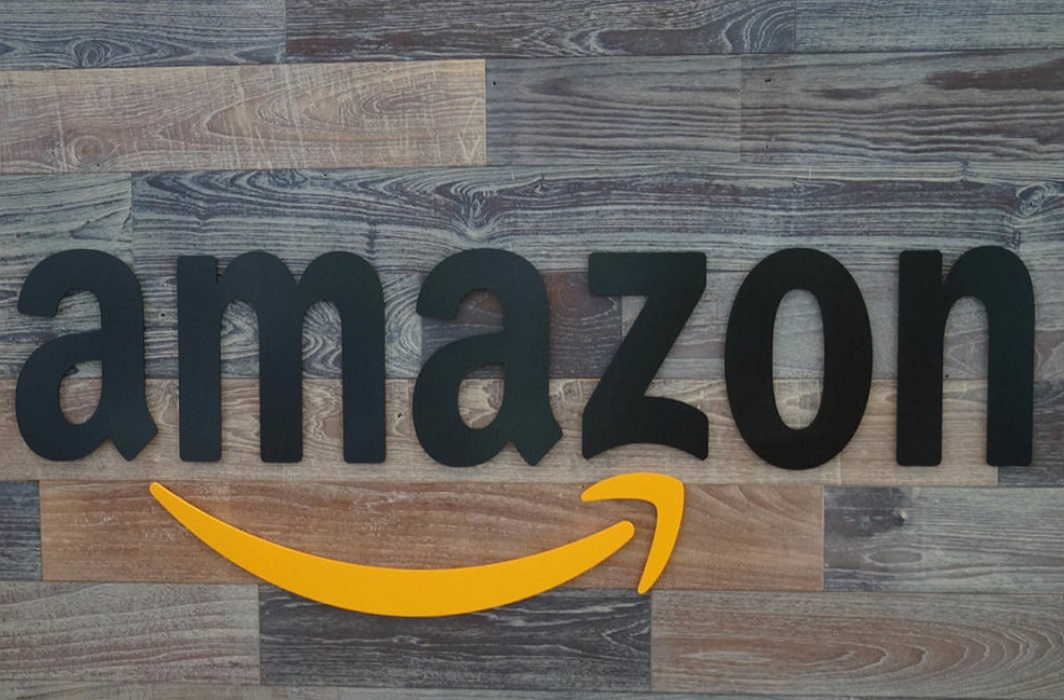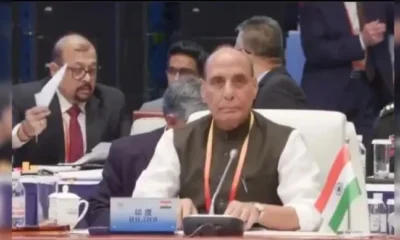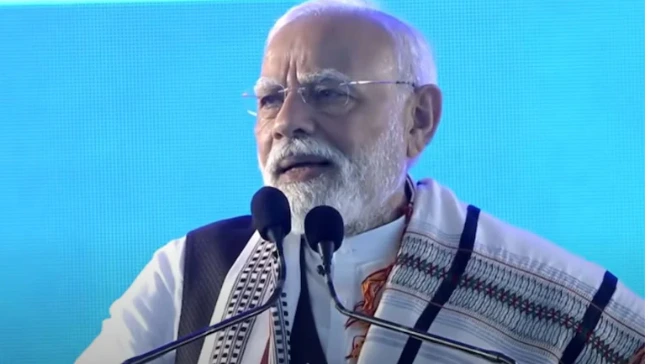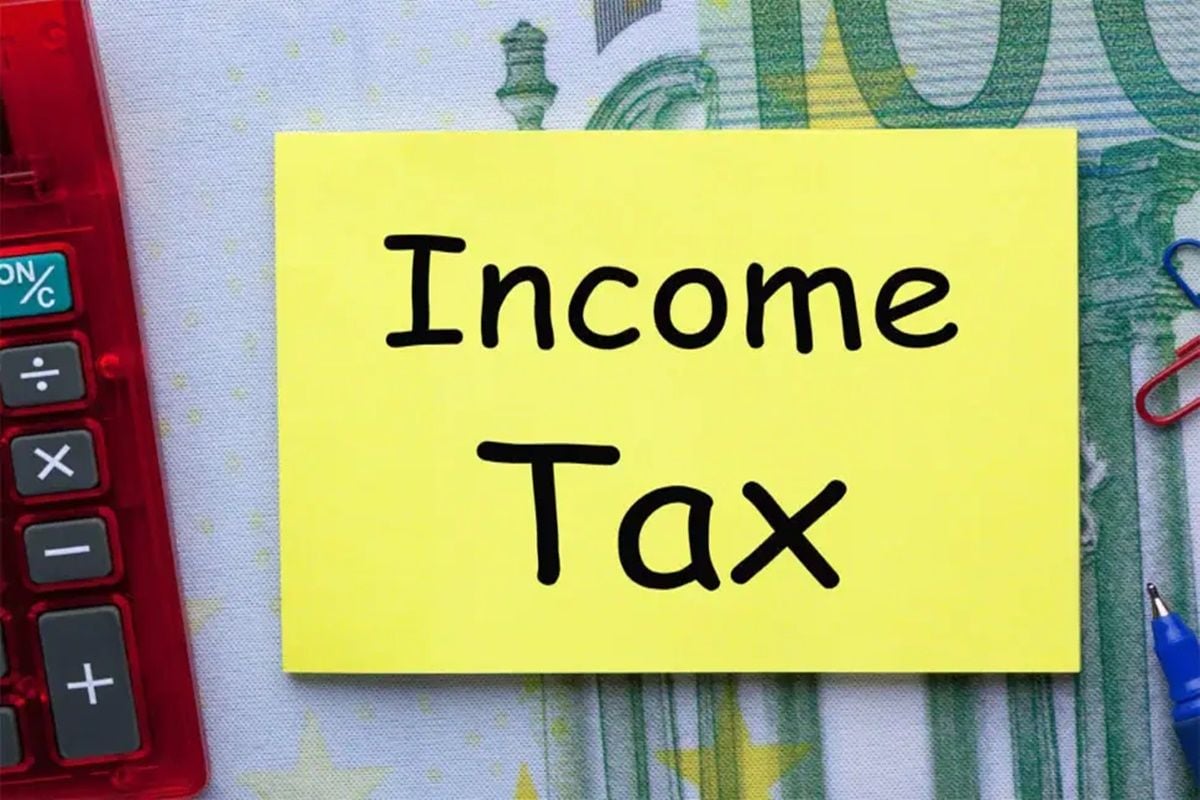Latest business news
Amazon pitch AI, machine learning in India’s retail sector push

India News
Modi says right time to invest in Indian shipping sector; meets global CEOs
Economy news
ITR filing last date today: What taxpayers must know about penalties and delays
The deadline for ITR filing ends today, September 15. Missing it may lead to penalties, interest charges, refund delays, and loss of tax benefits.
Economy news
India’s GDP surges 7.8% in Q1, outpaces estimates and China
India’s GDP surged 7.8% in Q1 2025-26, the highest in five quarters, driven by strong services and agriculture sector growth, according to NSO data.
-

 Cricket news16 hours ago
Cricket news16 hours agoT20 World Cup 2026: Selectors weigh Shubman Gill role as India squad announcement awaited
-

 Cricket news17 hours ago
Cricket news17 hours agoIndia vs South Africa 5th T20I: Hardik Pandya, Tilak Varma power India to 30-run win, series sealed 3-1
-

 India News17 hours ago
India News17 hours agoPM Modi inaugurates India’s first nature-themed airport terminal in Assam
-

 India News17 hours ago
India News17 hours agoThick smog engulfs Delhi, flights and trains delayed as air quality slips to very poor
-

 India News17 hours ago
India News17 hours agoAssam train accident: Eight elephants killed after Rajdhani Express derailment in Hojai
-

 Entertainment13 hours ago
Entertainment13 hours agoVeteran Malayalam actor and filmmaker Sreenivasan passes away at 69
-

 Cricket news13 hours ago
Cricket news13 hours agoIndia announces T20 World Cup 2026 squad, Shubman Gill dropped as Axar Patel named vice-captain
















